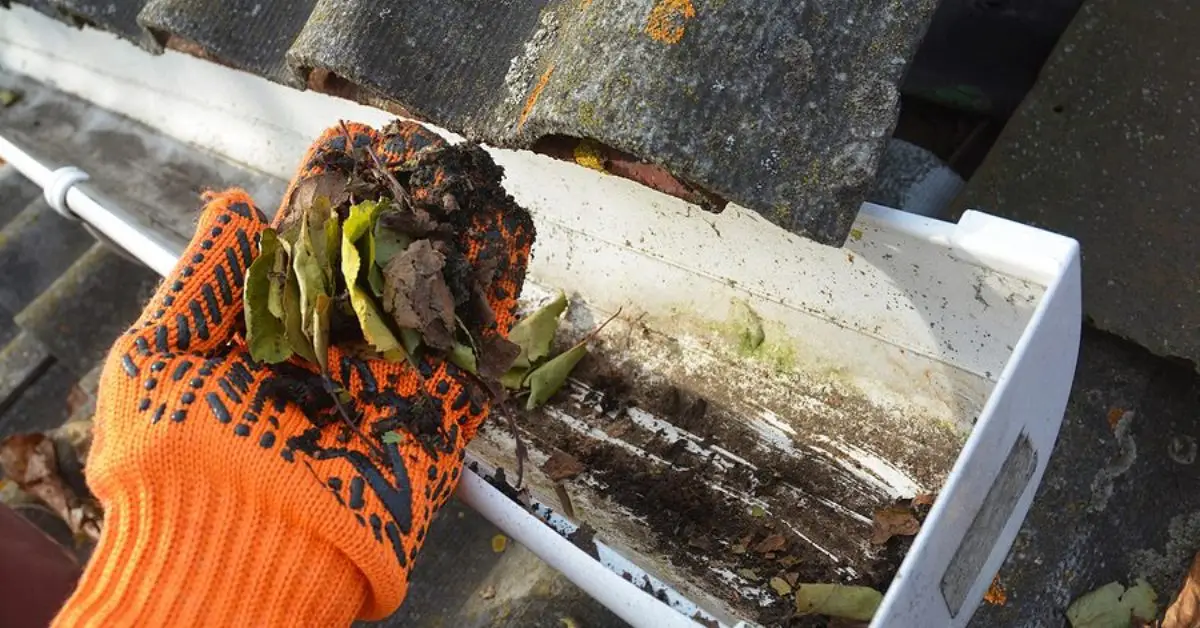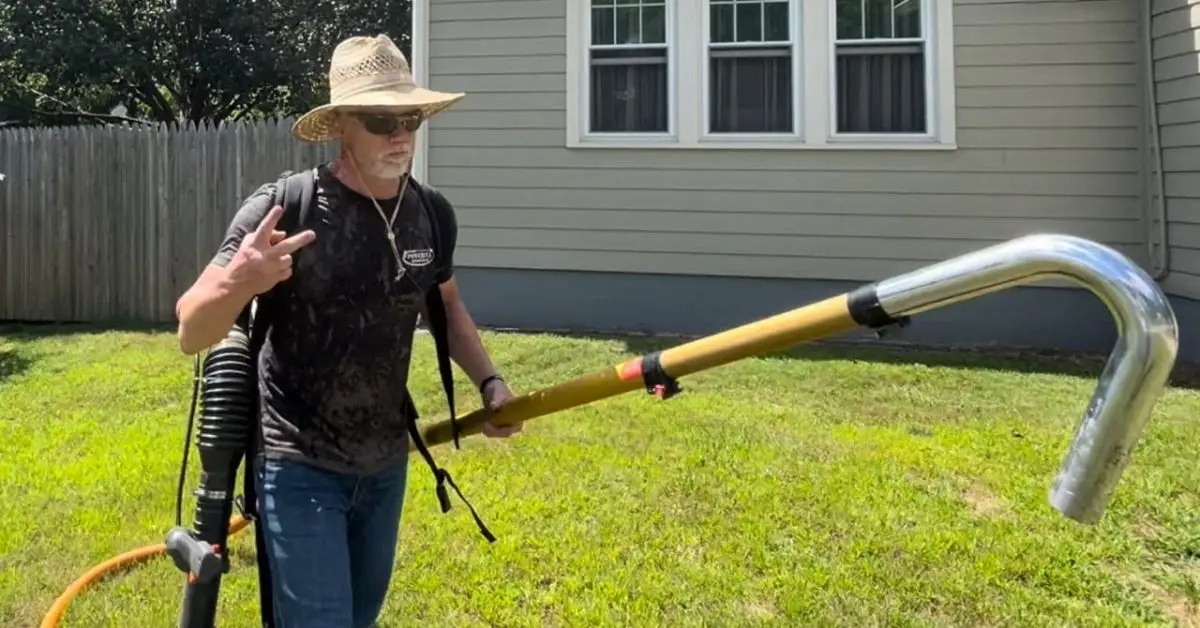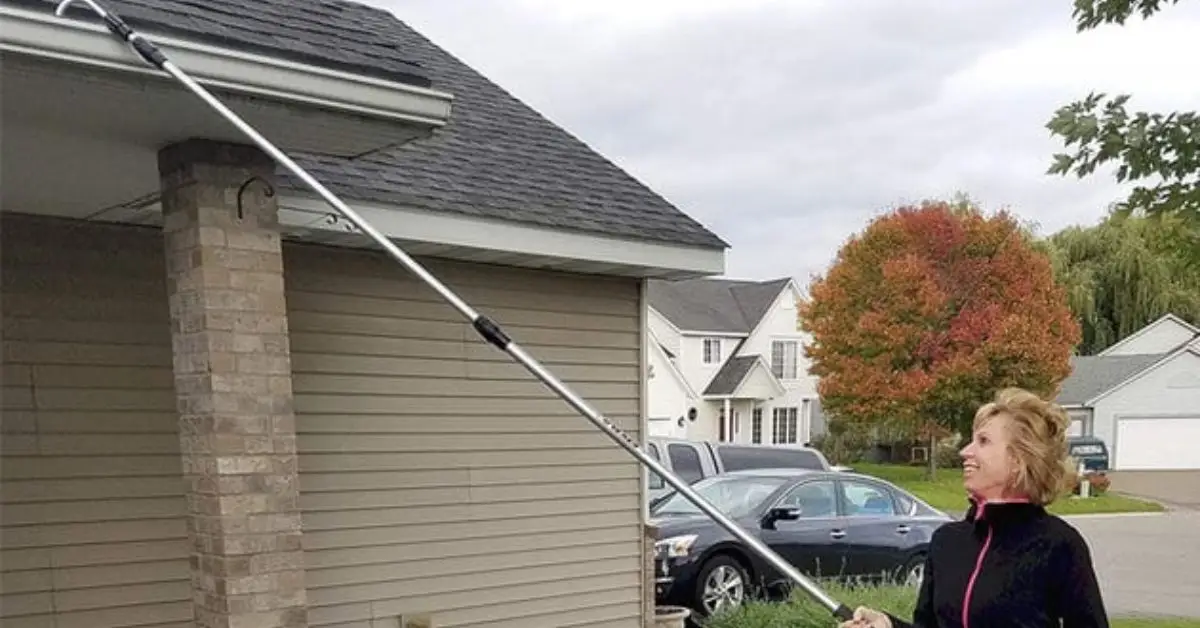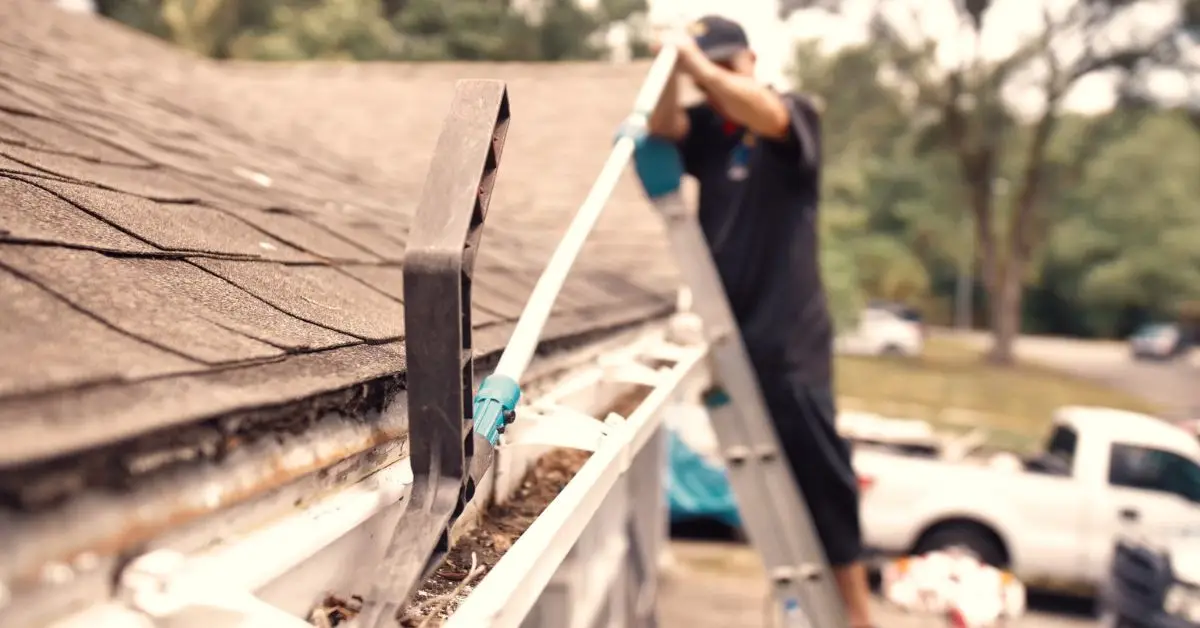Stop the Flood: 10 Simple Tricks to Unclog Your Gutters Fast
It usually starts small. A few leaves stuck at the corner of the gutter, a bit of water dripping over the edge after a storm. You think it’s nothing. But give it a couple of weeks, and suddenly the downspout is clogged solid, water is spilling down your siding, and you’re staring at a repair bill that could have been avoided with a simple Saturday chore.
I’ve been there myself—watching water pool around the foundation and realizing too late that the gutters hadn’t been touched in months. The truth is, keeping gutters clear isn’t just about appearances. It’s about protecting your roof, your basement, and even your home’s structure from expensive water damage. According to the Insurance Information Institute, water-related issues are one of the leading homeowner insurance claims in the U.S.—and most of them trace back to clogged gutters.
The good news? Clearing them out doesn’t have to be complicated. With the right methods, you can handle it quickly, safely, and without spending a fortune. In this guide, I’ll walk you through ten easy ways to unclog your gutters at home before they flood your space.
Have you ever left your gutters unchecked, only to regret it after the first heavy rain?
The 10 Easy Ways (Step-by-Step)
1. Scoop Out the Debris by Hand or Gutter Scoop

I’ll be honest—this is the old-school method, and it still works the best when gutters are jam-packed. All you really need is:
- A pair of heavy-duty gloves (trust me, you don’t want to touch what’s been sitting in there barehanded).
- A gutter scoop, garden trowel, or even a small plastic spatula if that’s all you’ve got.
- A bucket hooked onto the ladder or a tarp spread on the ground to catch the mess.
I usually start at the section nearest the downspout and work my way across. It’s not glamorous, but it gets the job done. The key is to be thorough—don’t just skim the top layer of leaves. Mud, twigs, and pine needles settle underneath, and those are what actually cause blockages. Just like clogged gutters can create hidden trouble outside, your kitchen also hides messy spots—check out these 9 hidden germ havens in the kitchen and how to clean them fast to keep your home healthier inside too.
Why it works: It’s cheap, straightforward, and you see results immediately.
2. Flush Gutters With a Garden Hose
Once you’ve cleared the big stuff, it’s time to give your gutters a “rinse.” Grab your garden hose with a spray nozzle, climb up, and:
- Start at the end opposite the downspout.
- Spray toward the downspout so water naturally carries any leftover dirt.
- Pay attention to the water flow—if it’s backing up, you’ve still got a clog hiding somewhere.
I like this method because it’s both a cleaning and a test. You’ll know instantly if the water is moving freely or if there’s a stubborn jam lower down. And if you want a professional step-by-step breakdown, This Old House offers a solid guide that I’ve followed myself over the years.
Why it works: It clears out small debris and shows you if your downspouts are in good shape.
3. Power Through With a Pressure Washer
Sometimes gutters hold onto dirt like glue—especially if wet leaves have been sitting there for weeks. That’s when I pull out the pressure washer. Here’s how to make it work for you without creating a bigger problem:
- Use a low-to-medium setting first. Start gentle, then increase pressure if needed.
- Hold the wand at a slight angle so you’re not blasting directly at the shingles.
- Move slowly along the length of the gutter, letting the water push muck toward the downspout.
It’s messy—you’ll probably end up wearing half the grime yourself—but it’s effective for packed-in sludge. Just be careful: too much force can loosen shingles or even bend older aluminum gutters. And if you’ve ever dealt with messy spills indoors, you’ll appreciate these 7 simple hacks to clean spilled paint from carpets, floors, and rugs fast—because a clean home inside matters as much as outside.
Why it works: Perfect for those times when your hose just doesn’t have the muscle to break through heavy clogs.
4. Use a Leaf Blower Attachment

If you hate the idea of sticking your hands into soggy leaves, this one’s for you. A simple leaf blower attachment can save a lot of effort:
- Attach the long curved extension designed for gutters.
- Stand on the ground (if your blower is powerful enough) or climb just a few steps up a ladder.
- Blow the dry leaves straight out—fast and mess-free.
This works best when your gutters aren’t full of wet sludge. I usually try this method in the fall when leaves are light and crisp. The trick is to move steadily along the gutter so you don’t just push leaves from one corner to another.
Why it works: It’s a quick, no-hands-in-dirt hack that keeps you cleaner while clearing light clogs.
5. Try a Wet/Dry Shop Vacuum
A wet/dry shop vac is one of the most underrated tools for gutter cleaning. I’ve used it in both suction and blower mode:
- Suction mode: Attach the hose extension and pull out compacted clogs from downspouts.
- Blower mode: Reverse the vacuum and blast air through the gutter to dislodge debris.
- Pro tip: Wrap duct tape around hose connections to make sure no pressure leaks out.
If you’re dealing with stubborn, packed-in blockages, this beats a garden hose every time. Plus, it’s safer when you want to keep your ladder time short.
Why it works: It handles those stubborn clogs that water or scooping can’t reach.
6. Snake the Downspout With a Plumber’s Auger
Sometimes the real problem isn’t in the gutter at all—it’s inside the downspout. That’s where a plumber’s auger (also called a drain snake) comes in:
- Feed the snake into the bottom of the downspout.
- Crank it slowly to break apart blockages.
- Pull back gently to clear out the debris, then flush with a hose to finish.
This is the same tool plumbers use for drains, and it works wonders on downspouts jammed with compacted leaves. According to Mr. Handyman’s professional advice, snaking is one of the most reliable ways to deal with downspout clogs that hoses can’t handle.
Why it works: It targets the hidden blockages most DIYers overlook, keeping water moving freely.
7. Homemade PVC or Bottle Wand Hack

If you’re into DIY solutions, this trick is both cheap and surprisingly effective. I’ve seen plenty of homeowners on Reddit and YouTube showing off creative hacks:
- Take a length of PVC pipe and cut one end at an angle. Drill a few small holes near the tip.
- Attach it to your garden hose using a threaded adapter or even duct tape.
- For an even simpler version, poke holes in a large plastic bottle, tape it to a broom handle, and run the hose through it.
This lets you reach high or awkward corners without climbing too far up the ladder. Plus, it costs almost nothing to put together.
Why it works: It’s a clever social-media-inspired hack that proves you don’t always need fancy equipment.
8. Rainwater Flush Method
Sometimes, nature does the hard work for you. If you’ve got a rain barrel system, you can actually put that collected water to good use:
- Position the barrel outlet at the top of your gutter and release water in a steady flow.
- Let gravity help carry debris through the downspout.
- Collect leaves and twigs, then compost them instead of throwing them away.
It’s an eco-friendly option that saves water and reduces waste. In fact, the EPA even encourages composting leaves instead of sending them to landfills, which makes this method a smart, sustainable choice.
Why it works: It’s a “green” cleaning method that aligns with eco-conscious living.
9. Gutter Cleaning Robots or Tools
Yes, this is a real thing. Gutter-cleaning robots are like miniature Roombas for your gutters. They crawl along, breaking up debris with rotating brushes and pushing it toward the downspout.
- Simple to operate—set it inside the gutter and control it with a remote.
- Great for homeowners who don’t want to climb ladders at all.
- Models like the iRobot Looj have become popular among tech-savvy DIYers.
I’ve tried one once, and while it won’t replace a deep clean, it does save a lot of manual work between big jobs.
Why it works: It’s a novelty solution that appeals to anyone who loves convenience and tech-driven home tools.
10. Call in a Professional for Stubborn or Risky Jobs

There are times when DIY just isn’t worth the risk. I’ve climbed plenty of ladders myself, but if your gutters are three stories high or already sagging, it’s smarter to call in help. Here’s when I recommend bringing in a pro:
- Sagging gutters that may need reattachment, not just cleaning.
- Visible roof leaks or water damage on siding.
- Unreachable heights where a fall could mean serious injury.
The average cost of professional gutter cleaning runs between $150 and $300 depending on your home size, according to industry estimates. Many companies also include a full inspection, which means they’ll spot problems you might miss—like cracks, loose joints, or rust starting to spread.
Why it works: You avoid risk, get peace of mind, and often extend the life of your gutter system.
Wrap-Up: Keeping Your Gutters Clear and Your Home Dry
Cleaning gutters may not be anyone’s idea of a fun weekend project, but ignoring them can cost thousands in repairs. We just walked through 10 easy ways—from scooping by hand to trying out DIY hacks, rainwater flushes, and even gutter-cleaning robots. Each method has its place, depending on how clogged your gutters are and how much effort you’re willing to put in.
At the end of the day, a little work now keeps your roof, siding, and foundation safe later. Whether you stick to simple scooping or experiment with a high-tech tool, what matters is that you stay consistent.
Have you tried any of these methods yourself? Or do you prefer hiring a pro and skipping the ladder entirely? Want to make the rest of your cleaning routine faster too? These 7 genius bathroom hacks that save you time are expert-approved and just as practical as keeping your gutters clear. Share your own gutter-cleaning hacks—I’d love to hear what works best for you and for more practical home improvement tips, visit Build Like New.
Disclaimer: This article is for informational purposes only. Always use proper safety precautions, and consider hiring a professional for high or damaged gutters. Build Like New is not responsible for any accidents or damages.


